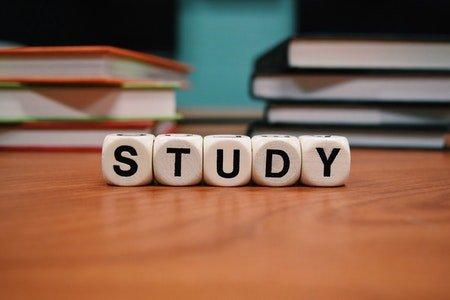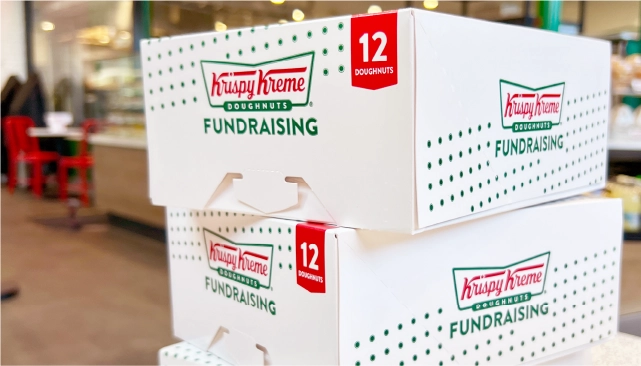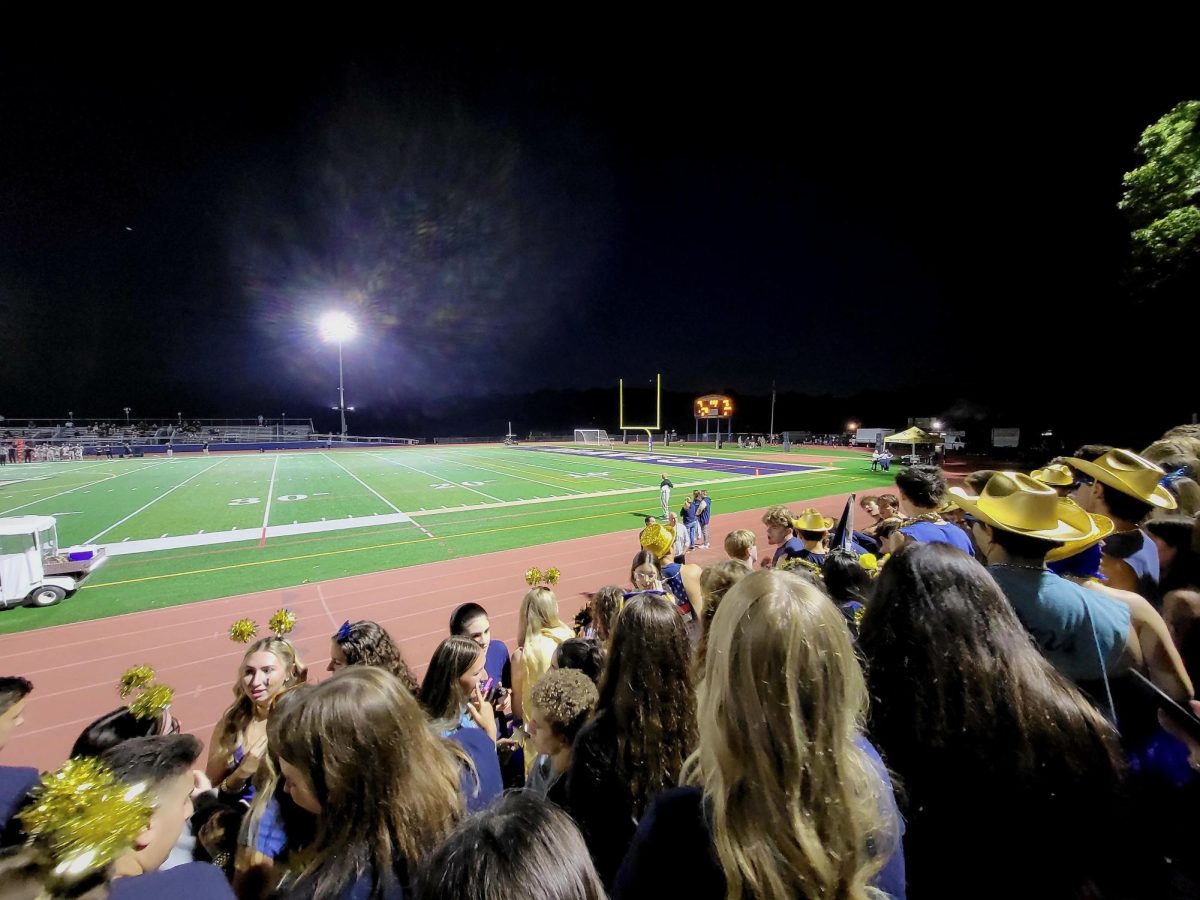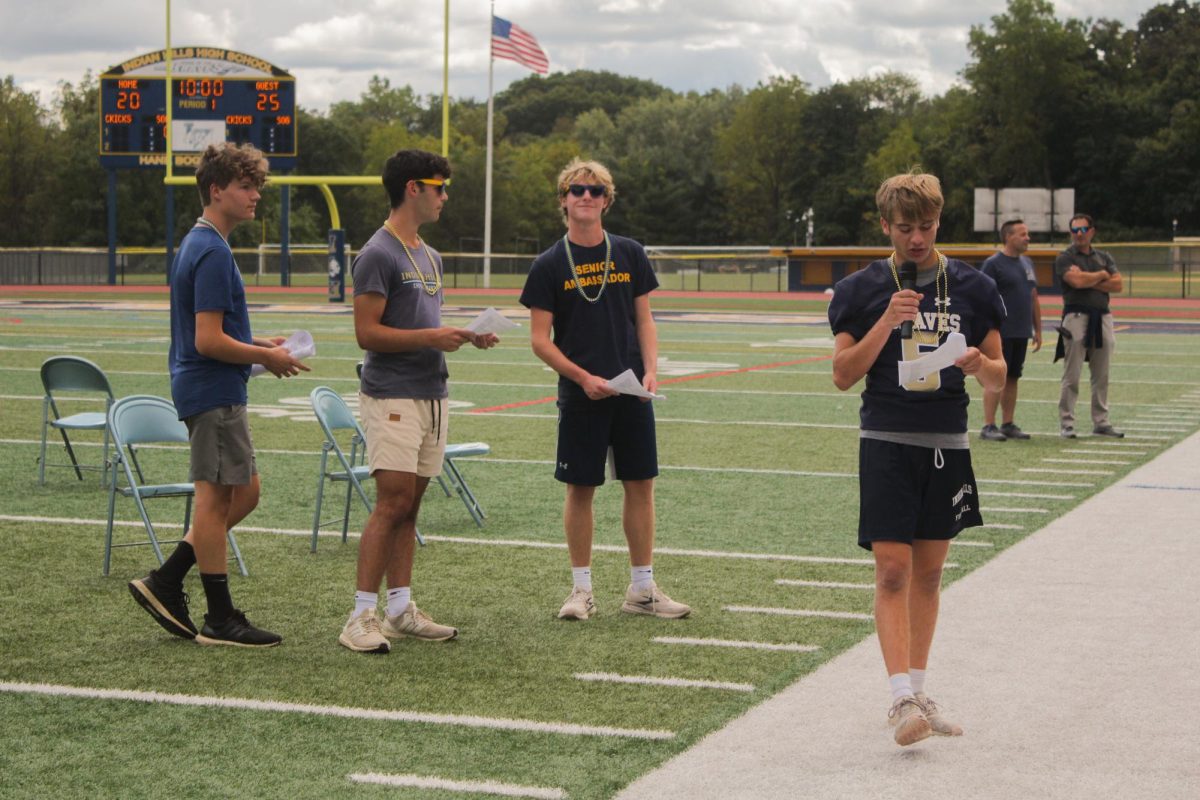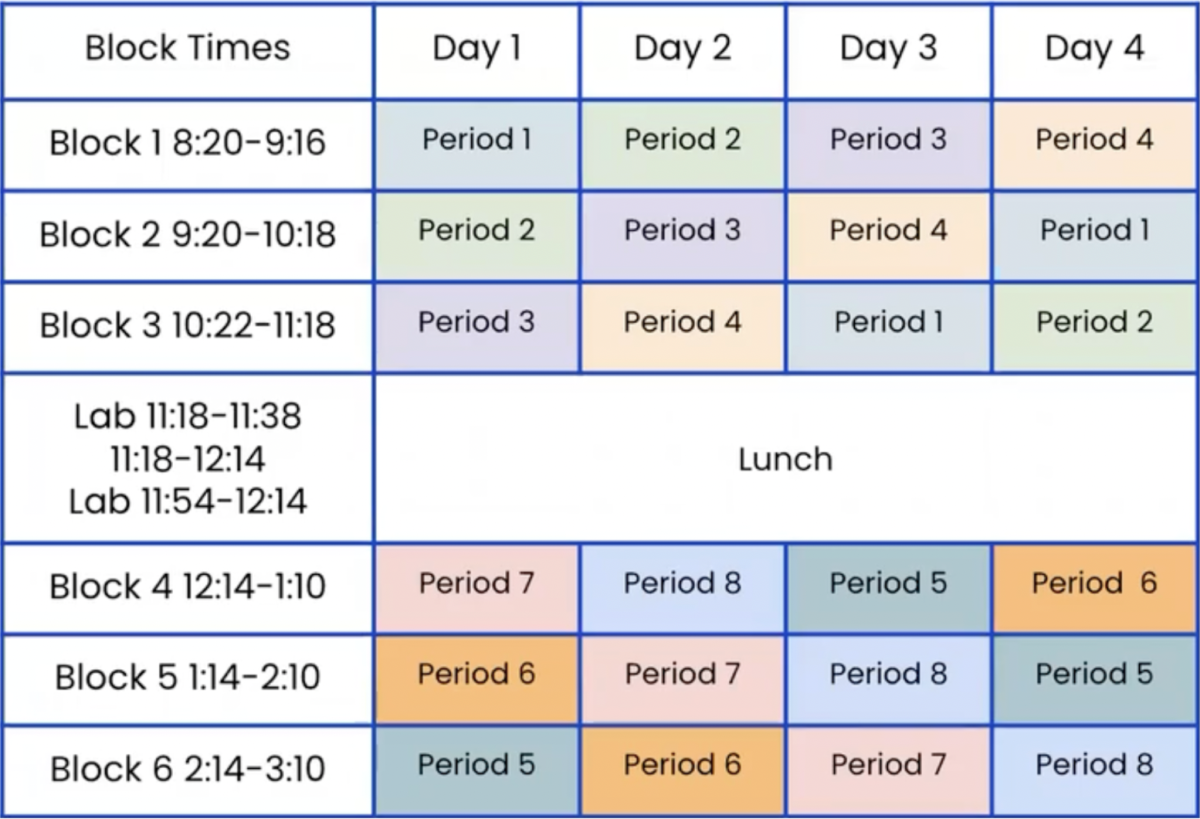‘24
Starting off the school year with strong study habits is the best way to go. Getting into a new groove after a long summer and becoming accustomed to a higher volume of work takes time and elegance. The best study technique for each individual varies greatly, so trying a few different ones out may be most beneficial.
A popular method for visual learners is the Mind Map technique; this entails creating a visual representation of the topic with words, drawings, and colors. In the center of a blank page, write the topic in a bubble — for example, “Causes of the Civil War.” Create branches off of the central topic with subtopics, such as “Weak Government,” “Slavery,” “Rebellion,” and “Cultural Values.” Around these subtopics, bullet-point relevant people, events, and themes. Add in graphs or images where appropriate. This method works best for History, English, and Biology. 76.5% of Braves stated that they have heard of the Mind Map technique and 40% have tried it out, making it the most popular studying technique at IHHS.
The Feynman learning technique is a four-step process: pick a topic to learn, explain the topic to someone who is unfamiliar with the topic in simple terms, see where the gaps in your knowledge are and fill those gaps, then simplify your language and add analogies. Repeat steps two through four until full understanding is demonstrated. This technique does not necessarily require students to teach the topic to a real person. To practice teaching the subject, find a quiet, private space to give a lecture, imagining an audience in the room. Despite the Feynman technique being invented by Richard Feynman, a Nobel Prize-winning physicist, the method is surprisingly unpopular amongst Braves: 17.6% of Braves have heard of it and 13.3% have used it.
German science journalist Sebastian Leitner invented the Leitner method in 1972. This method instructs the student to create a set of flashcards that cover all of the concepts necessary to master. While studying, make five piles. The first pile will be cards that should be reviewed every day, the second pile reviewed every other day, and so on. When the response to a question is incorrect, it will be moved down a box to be reviewed more frequently. When the response to a question is correct, it will be moved up a box to be reviewed less frequently. The Leitner system is not particularly well known, with only 29.4% of Braves having heard of it, but it is an effective study method.
The most popular choice of digital study method at IHHS is Quizlet. Ashlan Leach, freshman, commented, “I like to go on Quizlet and create flashcards with words or phrases that help me to remember the material.” Once a flashcard set has been made on Quizlet, students can use various built-in activities, such as Match (a matching game), Test (an auto-generated test), Learn (similar to the Leitner method), and Q-Chat (an AI chat system). Q-Chat is a new feature that has quickly become a favorite.
Aside from solo study sessions, attending teachers’ extra-help sessions after school is an excellent way to review key concepts. It may also be beneficial for students to reach out to IHHS’s National Honor Society for one-on-one tutoring sessions to practice skills learned in class. NHS tutors are seniors who have passed the classes that they are tutoring for with an A- or higher. Questions about NHS tutoring can be directed to Mrs. Patrickio, NHS advisor.
It can take up to 2 months to solidify habits. With the already high demands of being a high school student, Quarterly season can feel as though it is adding immensely to the stress. However, there are ways to stay on top of this difficult time and come up with results that demonstrate work ethic from the previous months. Studying efficiently and effectively is just one part of the puzzle.


